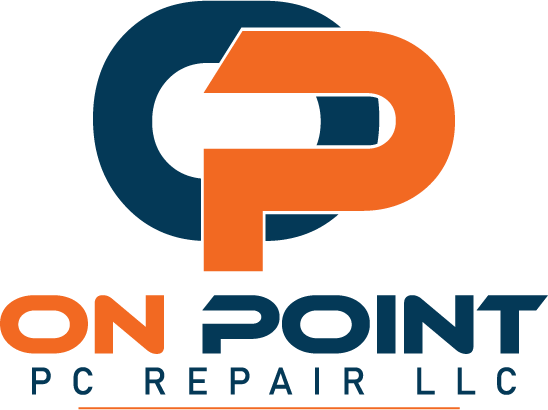Reducing Employee Costs By Reducing Time Spent Waiting For Computers
The Reason For Even Doing This
So one day, I deiced to go look for a normal job. With my wife 6 months pregnant and business slowing down, I was in a bit of a panic for my families financial security. Regardless of that fact, I was getting ready for the interview for hours before the actual start of the interview and a random idea popped into my head “What if, I could save the company I am applying too, hundreds, thousands or tens of thousands of dollars. Before I even started working. That would surely help me get the job.” (It didn’t, but I still find the math valuable) Then I started thinking about, how much I hate waiting for my computer to do anything, even to turn on in the morning. Then I thought about, what if I was on the clock right now, waiting for my PC to turn on and just staring at my cup of coffee. Then it all just clicked. WHAT IF THERE WAS 10 OR 50 OR 100 OF ME DOING THIS EVERYDAY!!!
And so, this information was born. :)
The below information is all based on, wasting 10 seconds per hour, over the course of an eight hour work day, over a year (260 Average work days), at the rate of pay for the job I was applying to (33k a year).
The Math Behind The Theory
Control Numbers
10 Seconds saved per hour. (The Base Goal)
8 Hours in the average workday.
260 Average work days.
Time Spent Waiting Per Year
10 x 8 x 260 = 20800 Total seconds saved per work year.
20800 / 60 minutes = 346.67 Minutes Total = 5.78 Hours.
5.78 Hours per computer saved a year with faster equipment.
Employee Costs Per Day @ 33k a Year
$33,000 / 260 Work Days = $126.93 Per Day / 8 Avg Work Day = $15.87 Per Hour
Employee Cost Spent Waiting
5.78 Hours total waiting for the year x $15.87 (Per Hour 33k Salary) = $91.73
Total Cost Of Employees Waiting On Their Computer For 10 Seconds A Day Over A Year
$91.73 Per Computer
Notes: All numbers and totals are subjective based on the control numbers
Somethings That Can Easily Be Improved To Reduce Employee Costs Waiting On Their Computers
If the computers are standalone machines
- Replacing the standard hard drives of computers with SSD’s typically is the single highest performance upgrade you can do, to increase computer responsiveness and reduce lag. This is only effective in terms of ROI, if very large hard drives are not needed.
- Upgrading the overall network bandwidth allowed per PC in house or with the ISP (Internet Service Provider), if no QoS or bandwidth limits are in place and internet speed/usage is bottle necking employee daily functions.
- Upgrading the RAM to a higher capacity/speed if needed and the motherboard allows for it.
- Replacing the old tower with a new cheaper and faster one, if it is outdated past 3-5 years and upgrades or replacement parts would not pose significant ROI or speed increase.
If the computers are on a windows server domain or using Virtual Machine desktops
- Increasing the RAM/CPU/HD speed of the server.
- Increasing the network throughput to allow a higher data-flow between the host and client.
- Making sure the client machines are not bottle necking the server or vice versa
- Upgrading the OS or primary business software on clients or the server
This may be all just mind numbing, nerd dribbling, break down of time and costs but I found the information fun to create and discover. I hope someone else finds this valuable as well.

